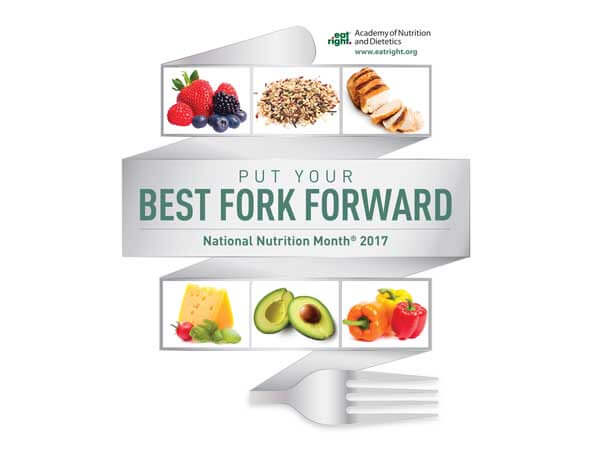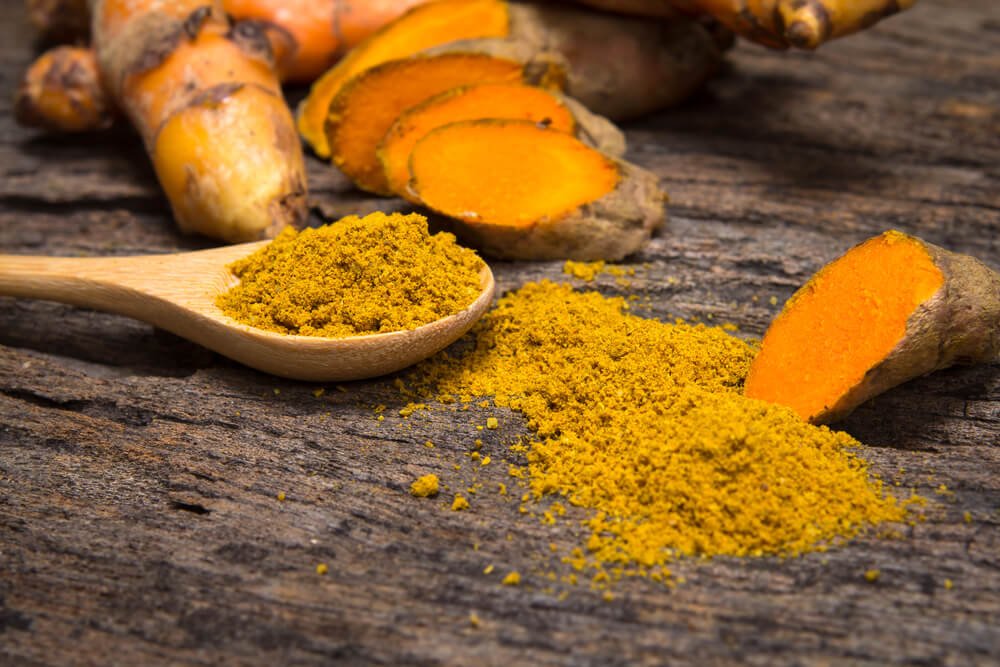Hydration: Keep it up during hot summer months!

As we’re rolling into the Dog Days of summer, we need to remember to keep hydrated. Not everyone needs the same amount of fluid each day. Fluid requirements are based on your individual weight. There are many ways to calculate how much fluid you require, but the fastest and easiest method is to take your weight (in pounds) and multiply it by .5. This will tell you how many fluid ounces you need daily. Then divide that number by 8 to determine how many cups you need. (round to the nearest full cup) The best thing to hydrate with is plain old water. If you don’t like plain water try adding a few lemon slices, lime slices, orange slices, sliced cucumber or even mint to your water to make your own infused beverage. Fruits and vegetables are mostly water so they can contribute to your daily fluid intake. Excellent choices for hydrators are: watermelon, cucumbers, oranges, grapefruit, cantaloupe, celery, iceberg lettuce, broccoli, tomatoes, cauliflower, green peppers or spinach. Note: Caffeinated coffee/tea, alcohol, salty foods and sugary drinks can contribute to dehydration, and do not add to your fluid intake for the day.
March is National Nutrition Month®

Q: What is special about National Nutrition Month®? A: “Put Your Best Fork Forward”! National Nutrition Month® is a nutrition education campaign created every year in March by the Academy of Nutrition and Dietetics. During the month of March we focus on the importance of making informed food choices. “Put Your Best Fork Forward” is this year’s theme, which serves as a reminder that each one of us holds the tool to make healthier food choices. Making small changes during National Nutrition Month®, and over time, helps improve health now and into the future. Evidence has proven that making dietary and lifestyle changes can prevent diseases even before they occur, and for cancer survivors this means a decreased chance for recurrence. Often times my patients come to see me frustrated and confused by all the conflicting nutrition information they’ve read or heard about on the internet, not to mention the “free” nutrition advice from family and friends. They are stressed, worried and fearful of eating the wrong thing, and come for guidance and clarification on what they should be eating. My approach is simple, make small changes and set attainable goals. Small changes reap large rewards, and simple, attainable goals are worth their weight in gold. My focus is to cut out foods that cause inflammation and add foods that decrease inflammation. The first step in doing this it to incorporate more plant-based foods, whole fruits and vegetables in particular. If there’s only one thing you’re willing to change, increased consumption of whole fruits and vegetables is one to work on. Striving to get a variety of color on your plate daily is an easy goal to attain. Variety is key. Each fruit and vegetable has a different vitamin and mineral profile, and by eating a rainbow of color every day you’re guaranteed the best benefit from your efforts. Try to incorporate the following colors daily. Nutrients in Red Fruits and Vegetables Include: Lycopene, ellagic acid, Quercetin, and Hesperidin, to name a few. These nutrients reduce the risk of prostate cancer, lower blood pressure, lower LDL cholesterol levels, scavenge harmful free radicals, and support healthy joints. Nutrients in Orange and Yellow Fruit and Vegetables Include: Beta-carotene, zeaxanthin, flavonoids, lycopene, potassium, and vitamin C. These nutrients reduce age-related macular degeneration and the risk of prostate cancer, lower LDL cholesterol and blood pressure, promote collagen formation and healthy joints, fight harmful free radicals, encourage alkaline balance, and work with magnesium and calcium to build healthy bones. Nutrients in Green Vegetables and Fruit Include: Chlorophyll, fiber, lutein, zeaxanthin, calcium, folate, vitamin C, calcium, and Beta-carotene. The nutrients found in these vegetables reduce cancer risks, lower blood pressure and LDL cholesterol levels, normalize digestion time, support retinal health and vision, fight harmful free radicals, and boost immune system activity Nutrients in White fruits and Vegetables Include: Beta-glucans, EGCG, SDG, and lignans that provide powerful immune boosting activity. These nutrients can reduce the risk of colon, breast, and prostate cancers. During National Nutrition Month and beyond, make small, healthier food choices, one forkful at a time.
Turmeric: What’s all the interest?

Q: What can you tell me about Turmeric? A: Tons of interest in Turmeric! Turmeric is a bright yellow aromatic powder used mostly in Indian cooking. It’s a member of the ginger family and is the key ingredient in curry. Turmeric has been used throughout history mainly as a condiment, but has also been used to color textile and as a natural health remedy. Today, turmeric is used as a dietary supplement for inflammation, arthritis, stomach, skin, liver, and gallbladder problems, cancer, and other conditions. The health benefits of turmeric come from curcumin. Curcumin gives turmeric its bright orange-yellow hue and is responsible for a whole host of health benefits. Curcumin has powerful anti-inflammatory properties and is a very strong antioxidant. Antioxidants are substances that protect the cell from cell damage caused by free radicals and environmental factors, https://www.cdhfinechemical.com/cdh_data/antibiotics-online/. Some studies have noted that curcumin has several therapeutic effects, one being the inhibition of cancer cell proliferation. Studies are also being conducted showing the positive effects curcumin has when supplemented during chemo and radiation therapy. More research is needed but the benefits of curcumin have thus far shown positive outcomes, and nothing to date has shown a negative effect on cancer or cancer survivorship, especially breast cancer. Turmeric can easily be added to any run-of-the-mill dishes to give it an extra layer of flavor. It’s great sprinkled on fish, meat and poultry, and can liven up your mashed potatoes or mashed cauliflower. Turmeric can also be sautéed with onions and garlic and added to your favorite soup or stew. You may even want to give it a try in your favorite tuna salad or egg salad recipe. Turmeric can also make a soothing tea. (Boil 4 cups water, add one teaspoon ground turmeric and reduce to a simmer for 10 minutes. Strain and add honey and/or lemon to taste. Add a pinch of black pepper for increased absorption of the curcumin). If you prefer to take a supplement, make sure it contains a significant amount of curcumin. For a Turmeric Curcumin supplement to be effective, it has to have at least 1,300 mg of Turmeric, containing 95% curcumin PLUS 10 mg of piperine extract, (active ingredient in black pepper), for increased absorption and no additional fillers. Remember: Before you take any supplements during cancer treatment, you need to talk with your oncologist to determine if they are appropriate for you. Curcumin can interfere with some chemotherapies and Coumadin (generic: warfarin), an anti-clotting medication.
TurningPoint Interview on Top Docs Radio

Radio Interview covers organization overview, history and growth of TurningPoint. Top Docs Radio hosted an interview with Founder and Executive Director Jill Binkley. Check out the interview.










